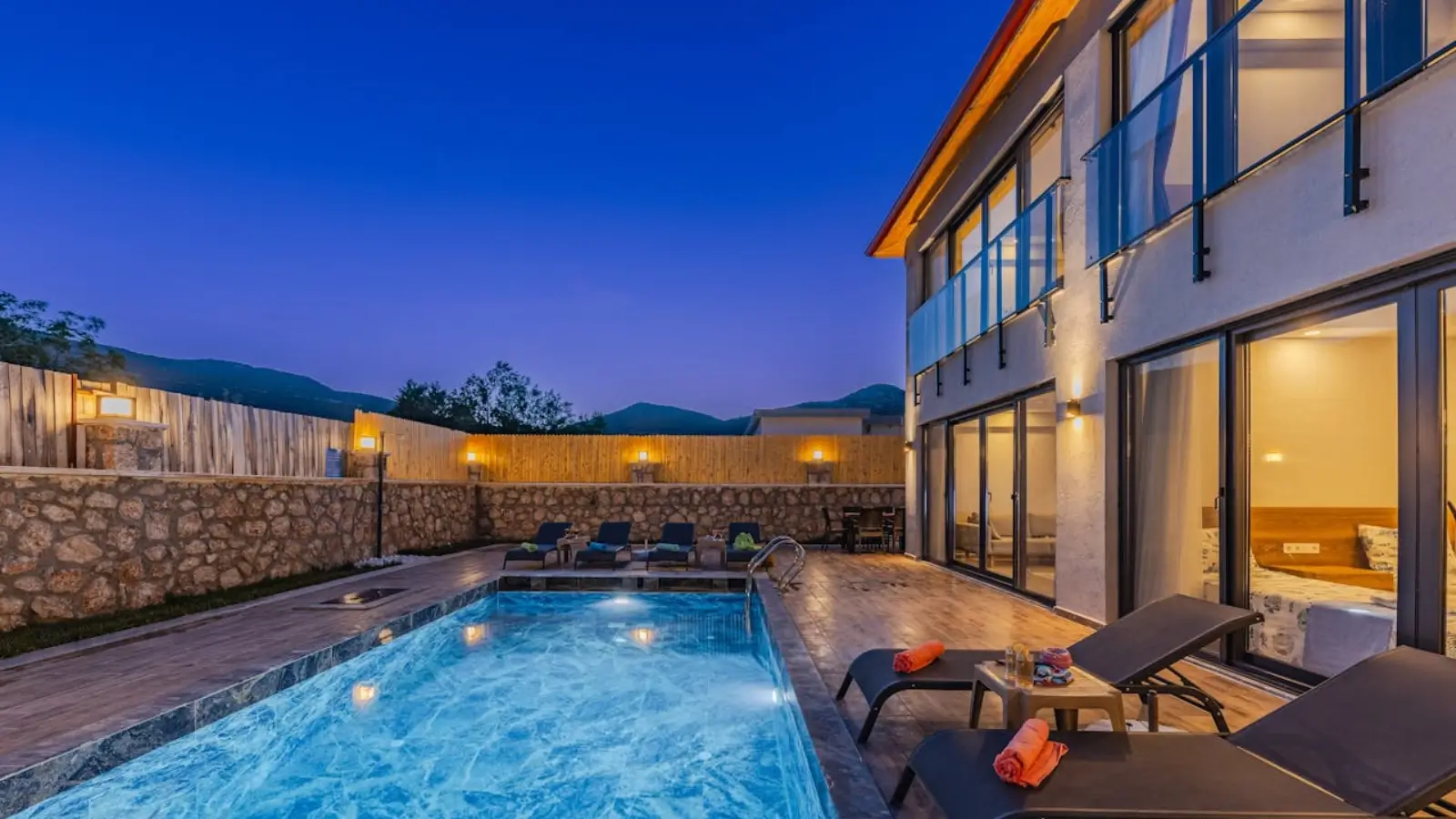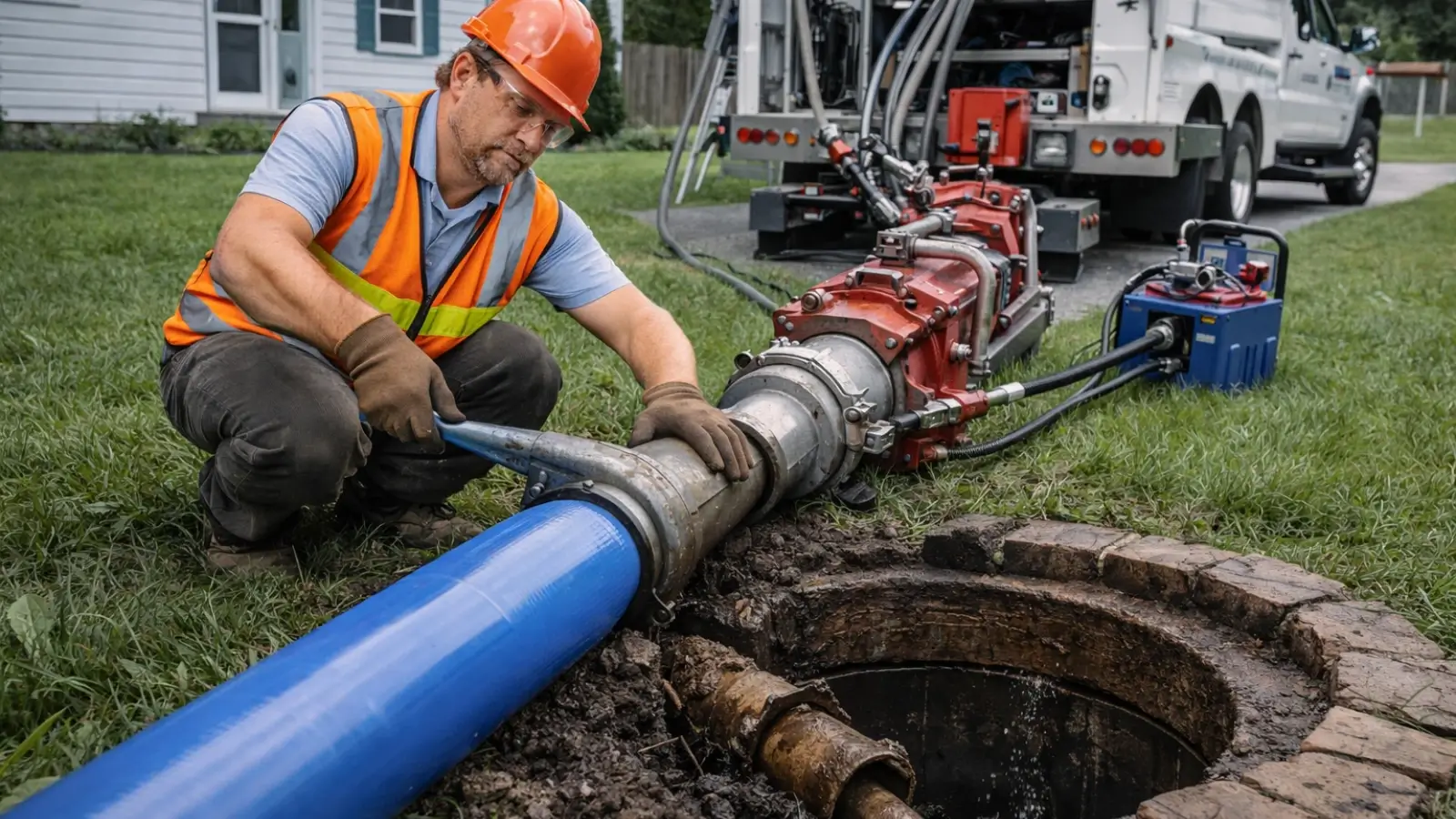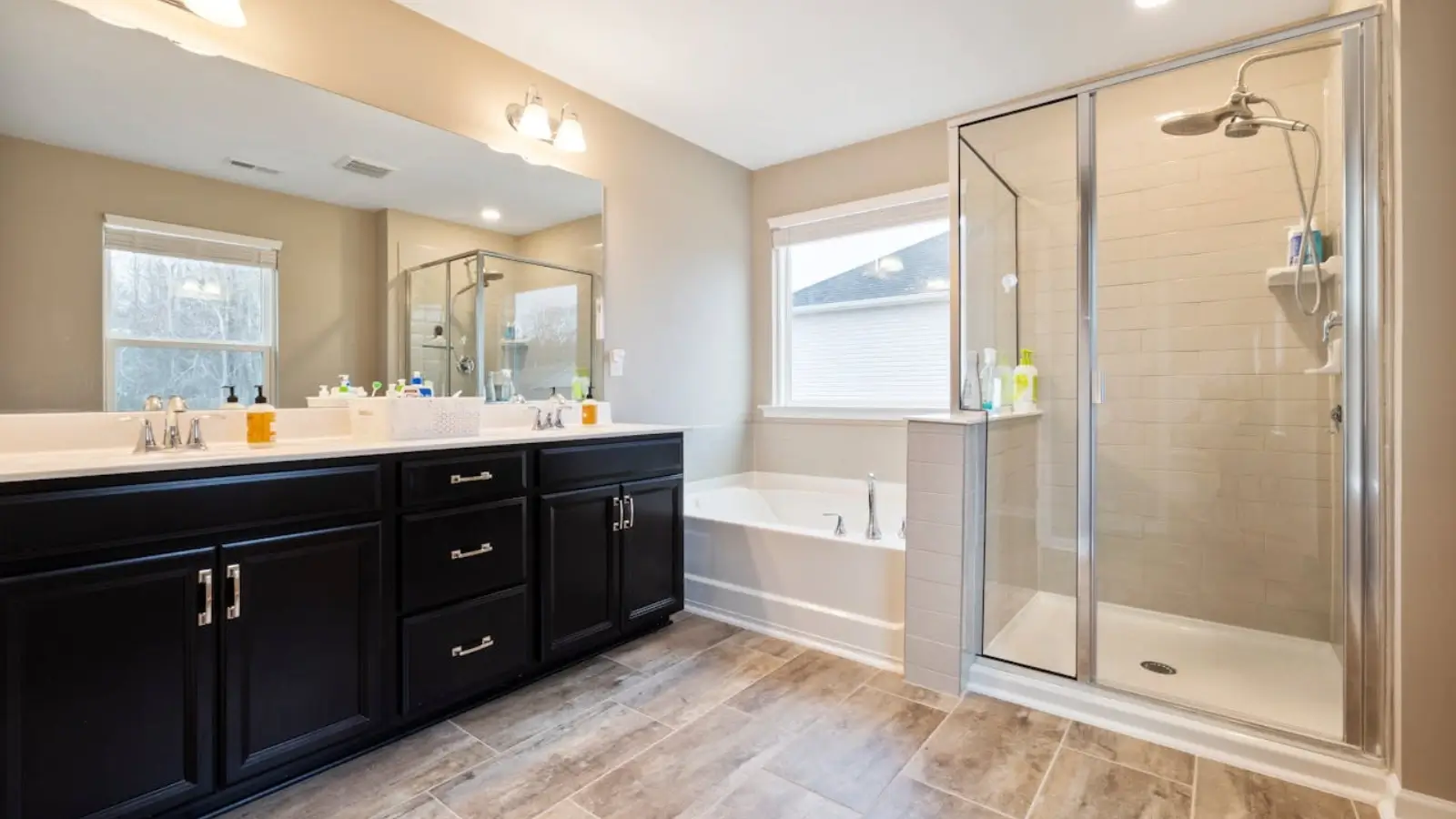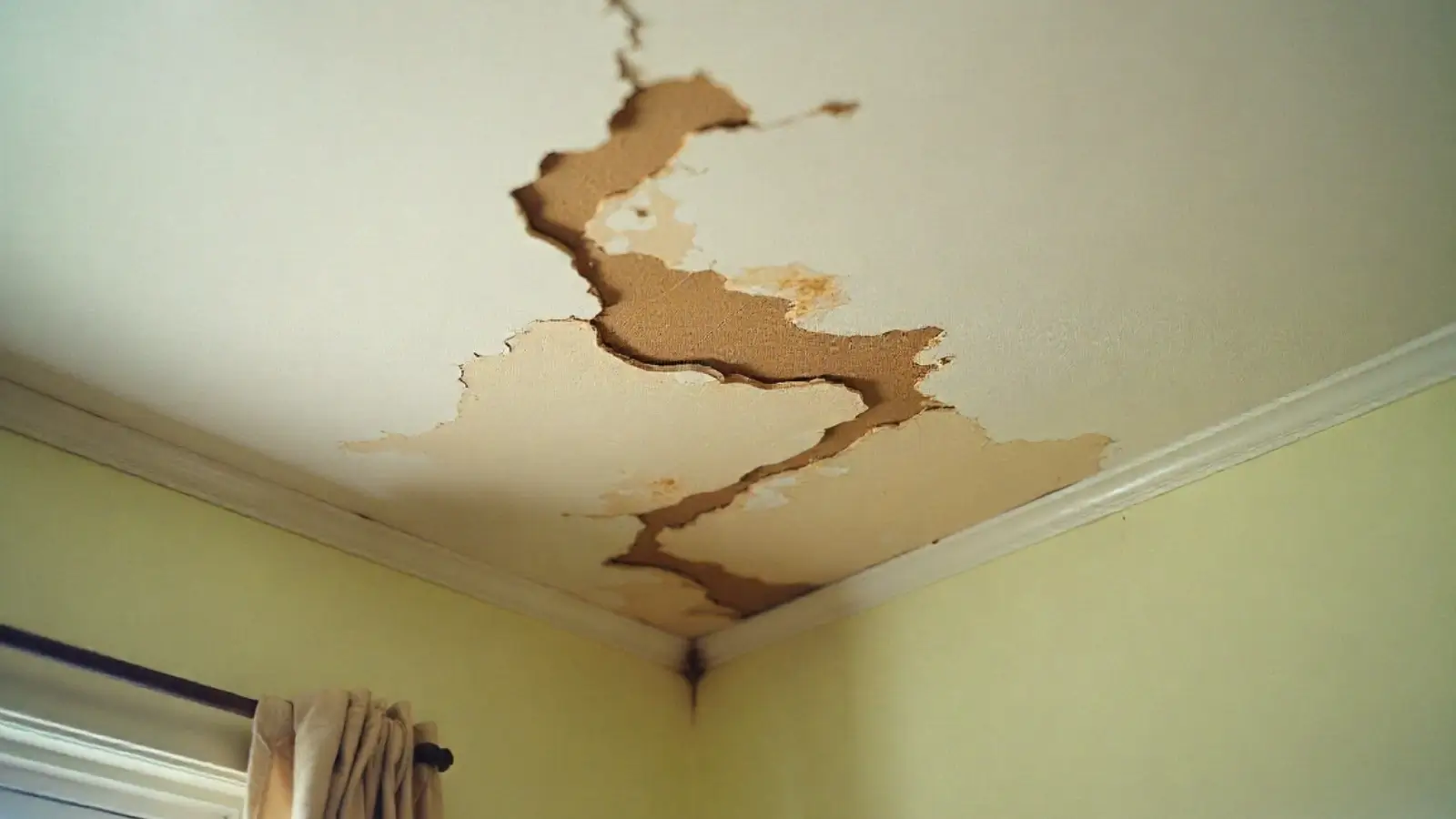Introduction
When most people think of retaining walls, they picture sloped backyards or properties that need erosion control. While that is certainly one of their primary uses, retaining walls have evolved far beyond their original utility. Today, they are design elements, organizational tools, and structural anchors that add both function and style to outdoor spaces.
A well-built retaining wall offers more than a way to hold back soil. It can create elevation changes, establish visual boundaries, offer seating, and define zones in a multi-use yard. These features allow for smart space utilization and enhance the usability of a landscape that may otherwise be underperforming.
Forward-thinking homeowners and landscape professionals, like the team at Horizon Outdoors LLC, recognize that retaining wall installation is not just a construction decision—it’s a design choice that adds long-term value to the overall layout and function of a property.
The Structural Power of Retaining Walls
At their core, retaining walls serve a practical engineering function: they prevent erosion, manage slopes, and stabilize soil. On properties with elevation changes, retaining walls reduce runoff, protect against flooding, and allow for usable flat areas that would otherwise be impossible to enjoy or maintain.
But even in flat yards, these structures play an important role. A low-profile retaining wall can act as a planter bed border, edge a patio, or serve as a built-in bench. Instead of obstructing space, they open it up by organizing and supporting other landscaping elements.
Especially in combination with features like patio pavers and hardscaping paths, retaining walls provide a strong foundation—literally and visually—that supports the layout and durability of the entire yard.
Elevation as a Design Element
Elevation can be one of the most underutilized aspects of residential landscaping. With a retaining wall, it's possible to introduce layers and tiers into a yard design, creating visual interest and practical differentiation between zones.
Terraced landscapes supported by retaining walls allow for distinct spaces at different levels. For example, a sunken patio made with stone pavers might be framed by a low retaining wall and stair steps leading to a raised garden or dining area. These shifts in elevation create drama and hierarchy, making even a modest yard feel dynamic and expansive.
When paired with strategic lighting or vertical plantings, elevation brings depth to the outdoor experience. The retaining wall, in this context, becomes a canvas that showcases both form and function.
Supporting Multi-Use Spaces
As outdoor living grows in popularity, the demand for spaces that serve more than one purpose has skyrocketed. Yards are no longer just lawns—they're outdoor kitchens, fire pit lounges, kids’ play areas, and meditation zones. Retaining wall installation is essential to making these features coexist within a well-planned layout.
Walls can serve as boundaries that organize and separate different activity zones without closing them off entirely. They also provide seating options in areas where traditional furniture may not be practical. Around a fire pit or poolscape, for example, a stone retaining wall offers sturdy, weather-resistant seating that blends seamlessly with the environment.
In more functional zones—like areas for gardening, composting, or outdoor storage—retaining walls can hide less attractive elements while keeping the design cohesive and intentional.
Material Choice Matters
The impact of a retaining wall is closely tied to the materials used. Natural stone offers a rustic and timeless appearance, while modular concrete blocks provide a more contemporary, uniform look. For properties that incorporate patio pavers or hardscaping features, matching the material tones between surfaces and walls creates a harmonious visual flow.
Some homeowners opt for mixed materials—combining wood, stone, and metal—for a modern, eclectic effect. Others favor clean lines and earth tones to complement native landscaping or minimalist architecture. Whatever the preference, the key is to ensure that the retaining wall supports the overall theme of the outdoor space while also meeting structural needs.
Durability should never be sacrificed for style. A good balance ensures the wall stands up to seasonal weather changes, moisture exposure, and shifting soil for years to come.
Enhancing Drainage and Soil Management
Retaining walls offer critical support for managing water flow across a property. Poor drainage can lead to erosion, foundation damage, or loss of topsoil—issues that impact not only aesthetics but also safety and property value.
Behind every professionally installed retaining wall is a system of gravel backfill, drainage pipe, and weep holes that direct water away from the structure and surrounding landscaping. This keeps soil compact and surfaces stable, even in heavy rain or after snowmelt.
In areas prone to flooding or erosion, retaining walls work alongside hardscaping features like patio pavers and graded walkways to redirect water and preserve the integrity of the yard. Poolscaping designs often use small retaining structures to channel water and maintain a clean, slip-free environment.
Retaining Walls and Property Value
Investing in retaining wall installation is about more than immediate visual improvement. These features can increase a property’s market appeal and functional value, especially in regions with varied topography. Homebuyers appreciate outdoor spaces that are both beautiful and ready for use without extensive maintenance or remodeling.
Even in newer homes, a professionally designed landscape that incorporates retaining walls, patio pavers, and structured plant beds sends a clear message: the yard is part of the home’s living space, not an afterthought.
When integrated into a long-term landscaping plan, retaining walls add depth, functionality, and resale potential—qualities that extend well beyond their original intent.
Integrating with Broader Landscape Design
Retaining walls don't exist in isolation. They work best when part of a larger landscaping vision that includes pathways, patio zones, plantings, and water features. By using them to frame other elements—like a gravel seating area or a stone path lined with perennial grasses—the wall becomes a unifying thread that ties the yard together.
When working with professionals like Horizon Outdoors, homeowners often find that retaining walls are the key to unlocking layout possibilities they hadn’t considered. A formerly steep slope becomes a stepped garden; an unused corner becomes a private nook for relaxing or reading.
These integrations reflect a shift in mindset—from seeing landscaping as decorative to recognizing its potential as purposeful design.
Conclusion
Retaining walls have long served a structural role in outdoor environments, but today, they offer so much more. As part of a comprehensive landscaping approach, they bring dimension, organization, beauty, and function to outdoor spaces of all sizes.
From enhancing drainage and managing elevation to supporting multi-use layouts and improving property value, retaining wall installation is one of the most versatile tools in landscape design. When paired with thoughtful hardscaping, such as patio pavers and poolscaping features, these structures help turn ordinary yards into personalized, high-performance living areas.
By seeing beyond the aesthetics and appreciating the value that retaining walls add, homeowners create outdoor spaces that not only look good—but work beautifully too. With vision and careful planning, even the most challenging landscapes can become purposeful extensions of everyday life.

















